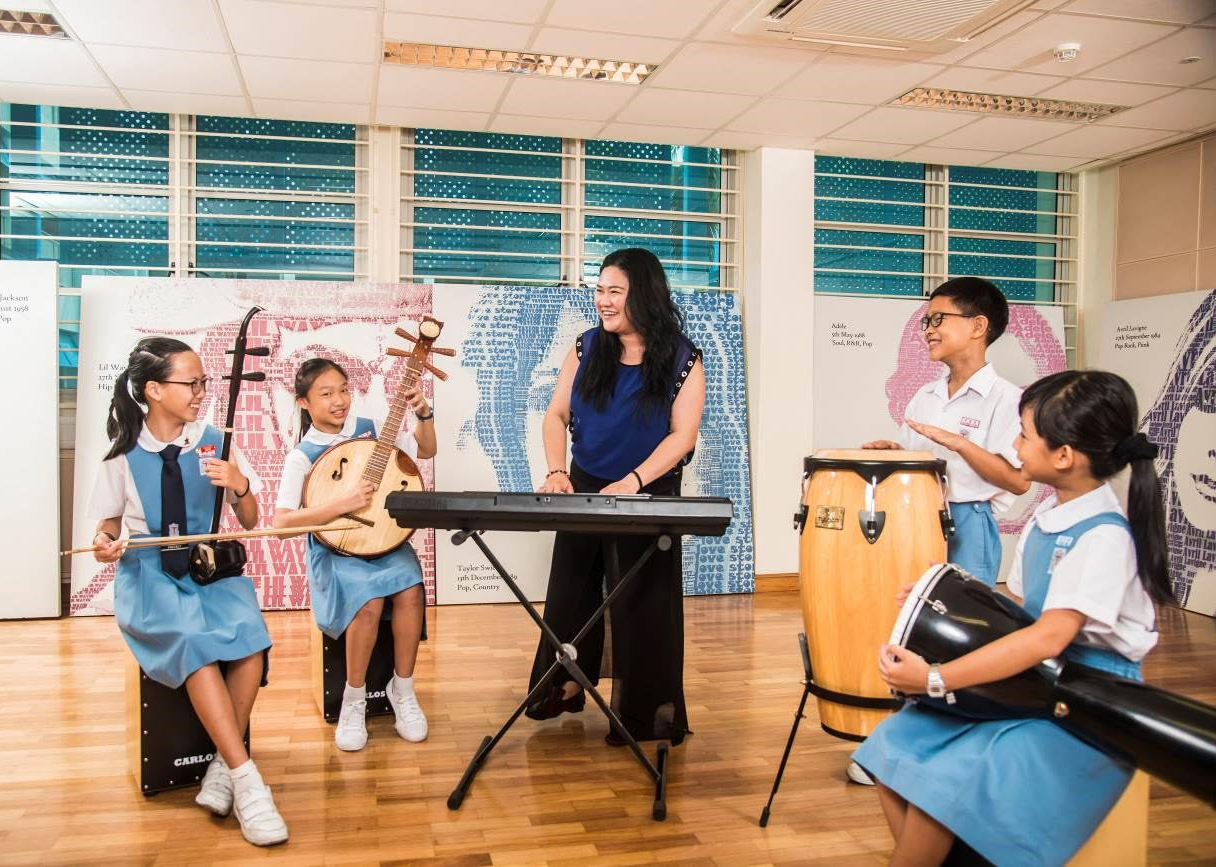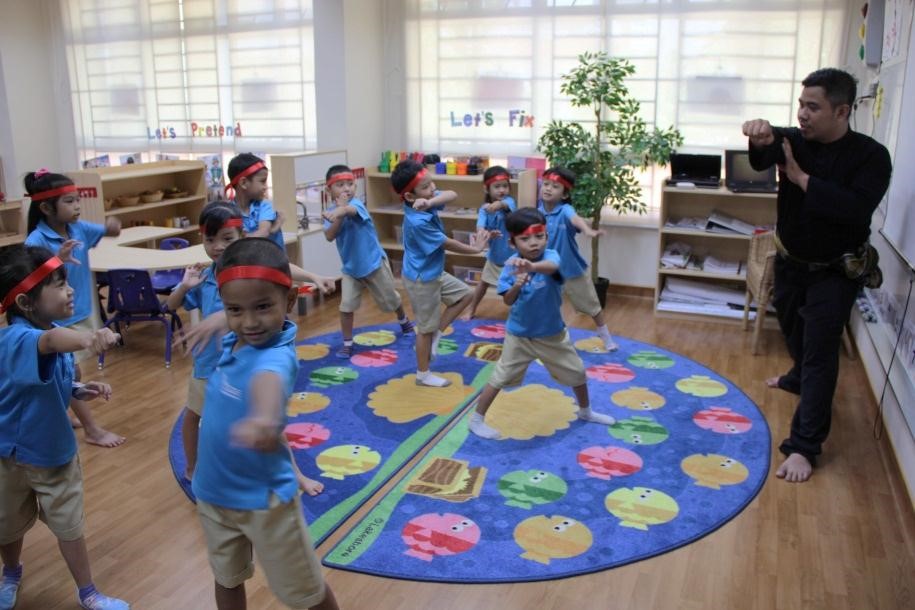Connie Soon, Temasek Primary School, President’s Award for Teachers 2017 Finalist
When an indoor sports hall was built at Temasek Primary, Connie Soon quickly claimed a vacant space between the classroom building and the indoor sports hall to start a butterfly garden. For her, it was an opportunity to let her students see the insect’s life cycle unfold with their own eyes.
At another corner of the school, she set up an edible garden which features unconventional means of cultivation such as hydroponics, in which plants are grown in a controlled environment which uses a nutrient solution instead of soil.
There, students get to observe and record the plants’ growth. But there is another purpose to the garden.
At the end of each semester, the vegetables are donated to the Lions Home for the Elders near the school. “We gave them two full baskets and they were surprised by the amount,” says Connie. “It’s amazing how such a small area of 20 square metres could produce so much!”
There will soon be a third Science garden equipped with orchids, to teach hybridisation; and nectar-bearing plants, to sustain the population of the butterfly garden.
Also in the works: a STEM (Science, Technology, Engineering, Mathematics) room for Primary 3 to Primary 6 students to work on their school projects. It will resemble a workshop, equipped with tools, small white boards, and materials from which they can make their models.
The Next Level
The STEM room has become necessary because Connie has been busy taking Science lessons to the next level.
It used to be that Temasek Primary students would research STEM-related problem statements, devise solutions, and present their concepts. This year, they had to build physical models to demonstrate their solutions too.
So, while in 2015, Primary 5 students made a flow chart showing how water filtration should be done, this year’s Primary 5 students are building an actual, working filtration model to obtain drinkable water.
“I try to create more hands-on opportunities for my students,” she says. “I would like to make the learning of Science come alive.”
The Best of Both Worlds
Connie chose to teach in a primary school after eight years in a secondary school.
“Primary students are at the stage when they are receiving scientific knowledge for the first time. I wanted to involve myself in teaching Science in the foundation years as I will have more opportunities to open their perspectives about Science,” she says.
She takes some of the practices from her days teaching secondary-level Science, and adapts them for her young students.
One example is the freedom to propose and design experiments.
When learning about energy consumption, her Primary 6 students suggested planting roof gardens to bring down the temperature in buildings so as to reduce the use of energy-guzzling air conditioners.
She let them construct two identical model buildings, one with a roof garden and the other with a cement roof. Her students shone heat lamps on them and measured the temperature inside and outside both models.
Another thing Connie has introduced to them is elementary career guidance.
This takes the form of bringing them to visit A*STAR’s laboratories in Fusionopolis and Biopolis to show them the opportunities they could have in the future.
She also lets them participate in a 3D design and printing workshop, where they learnt how 3D printing is used to solve real-world problems.
“Although they are only in primary school, they will soon need to choose their secondary school and co-curricular activities there. It’s good if they can start gearing their choices towards their interests,” she explains.
Five years on – with four as Temasek Primary’s Head of Department for Science – Connie finds that her move was completely worthwhile.
“I have seen my department bringing in routines to help students consolidate their learning and improve their idea creation, making them think critically and giving them ‘Ah ha!’ moments,” she says.
“It has been very enriching, even for myself.”






